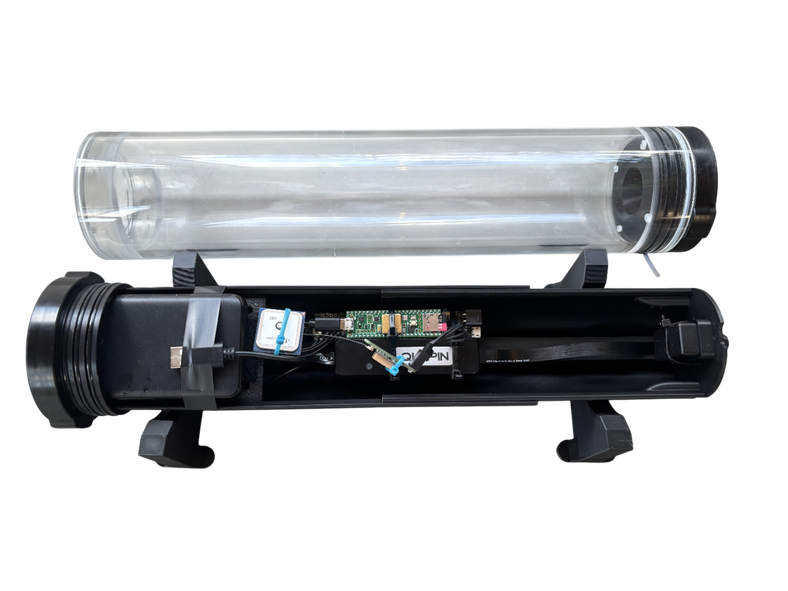Electromagnetic navigation for smaller unmanned underwater vehicles
Project description
-
Funding agency: Sweden’s Innovation Agency (Vinnova) and Swedish Armed Forces
-
Project leader: Isaac Skog
-
Project partners: KTH Royal Institute of Technology, Liweat AB, SAL Navigation AB, Saab Dynamics AB
-
Duration: 2024 - 2026
-
Project report: Full report in DiVA
-
Slides presenting results from the first year: enok1_presentation.pdf

The project aims to develop and evaluate the use of existing civil electromagnetic (EM) sensors and ML/AI technology to create a quiet, robust, and energy-efficient navigation solution for small underwater vehicles. The short-term goal is to enable covert long-term navigation without using active sensors such as active sonar or the need to visit the surface to obtain a GPS position. The long-term goal is to enable the large-scale use of small autonomous underwater systems and new strategic capabilities for naval defense.
As part of the project, we intend to build a prototype sensor with several EM sensor elements. This will then be evaluated under actual conditions. Using computationally efficient methods in signal processing, machine learning, and AI, we will investigate the possibility of using self-learning algorithms so that data from locations where both sonar and EM sensor data can be obtained can be used to improve performance for cases where sonar data cannot be used, e.g., in deep water or when quiet operation is essential. In this way, the development will complement existing navigation technology. The project's overall goal is to transfer and improve civilian technology to military applications while improving the methodology for civilian applications. Therefore, we will evaluate the results based on the analysis of both SAAB's and SAL's needs for their respective civil and military needs.